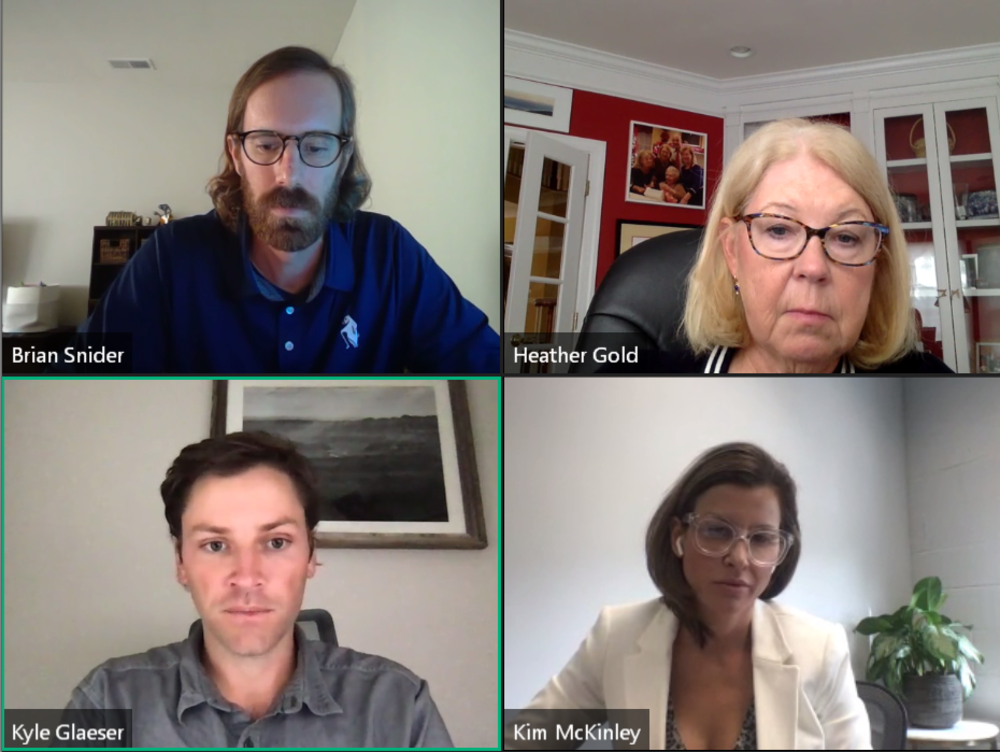What’s the Biggest Hurdle to Open Access Networks? Misconceptions About Open Access Networks
September 16, 2020 — During a virtual Q&A session hosted by the Broadband Bunch on Tuesday, a panel of open access enthusiasts discussed whether or not the United States is ready to embrace open access networks. While the panelists tried to remain hopeful about the knowledge level the public has abo











Member discussion